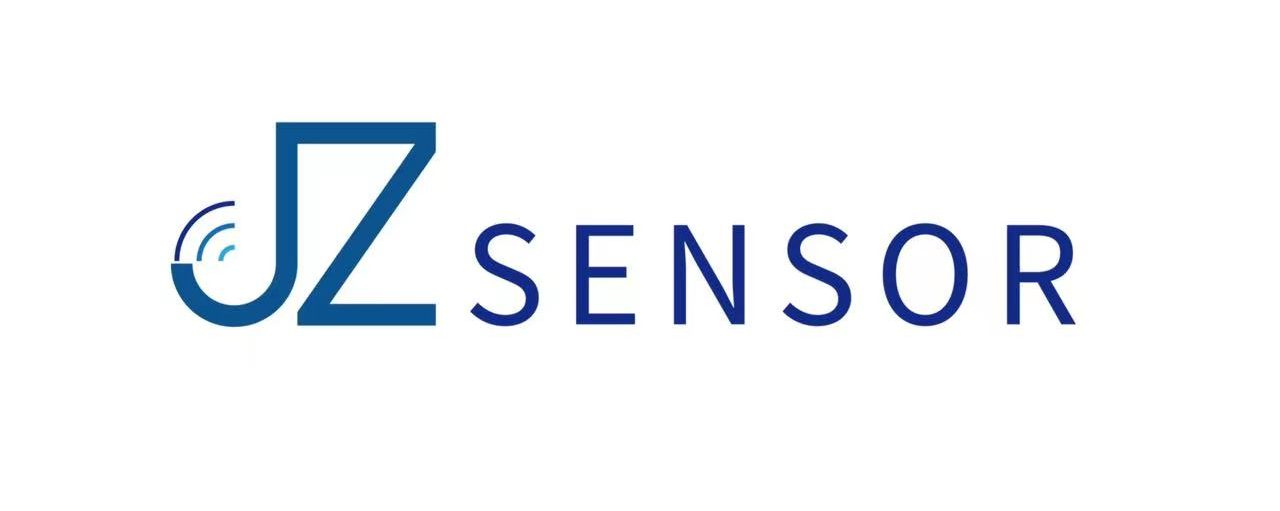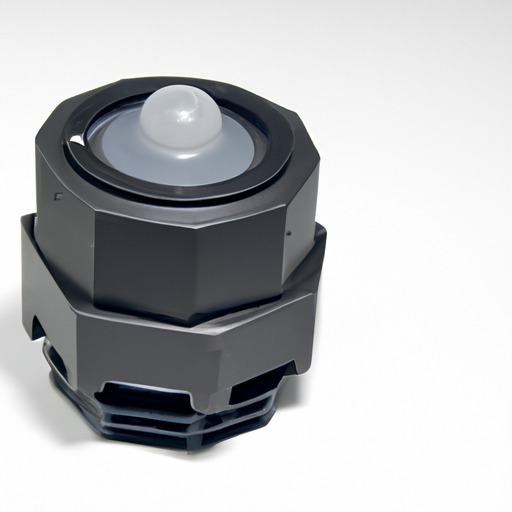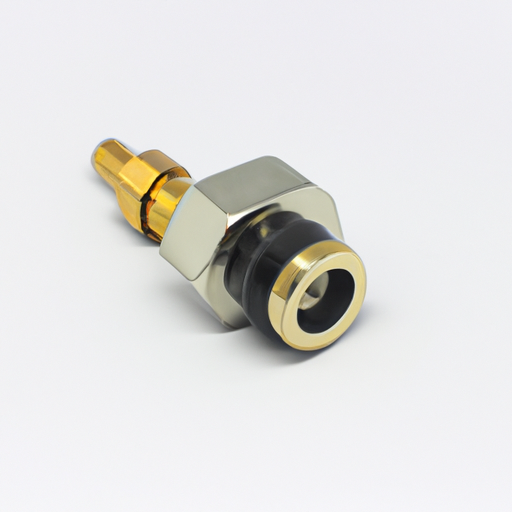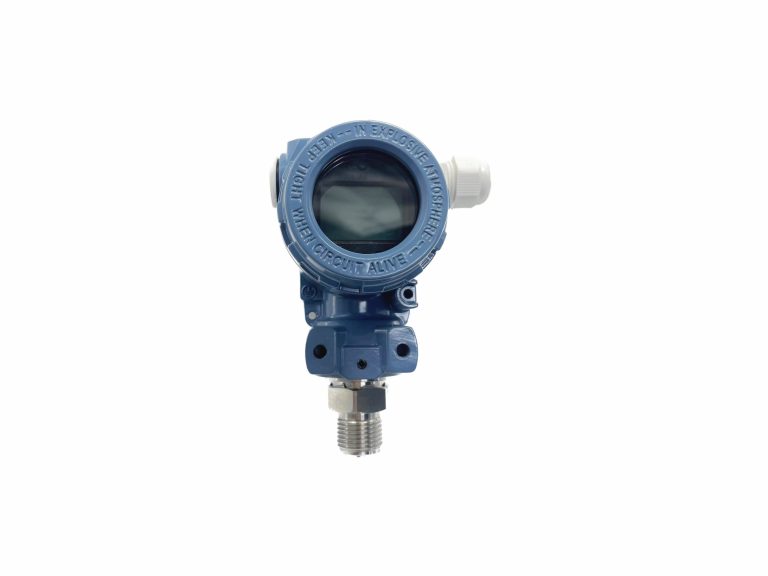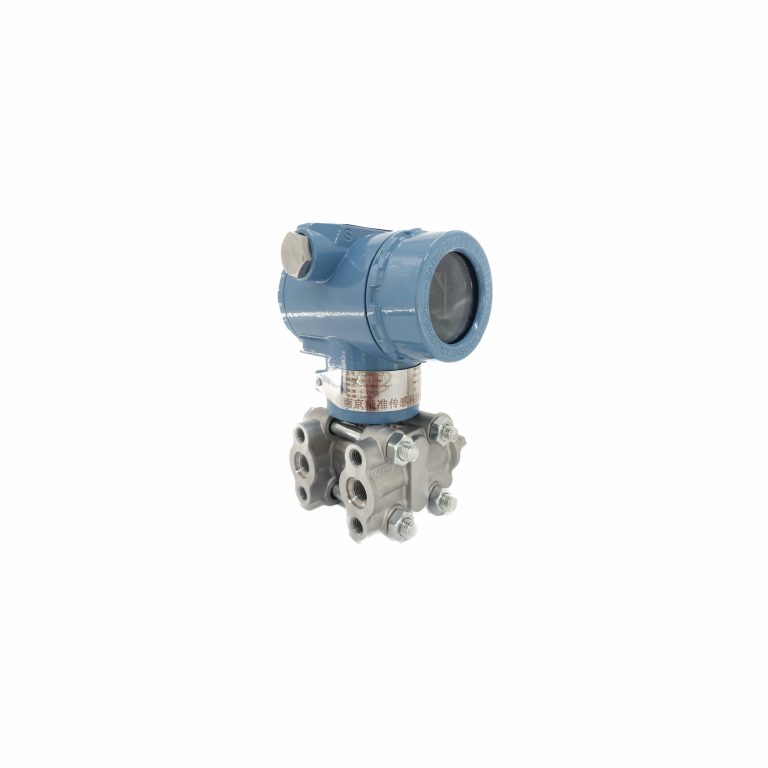Table of Contents
How to Choose the Right Differential Pressure Sensor for Your Arduino Project
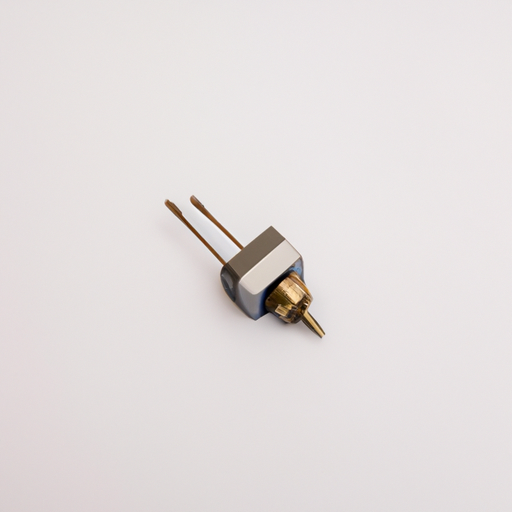
Differential pressure sensors are essential components in many Arduino projects, as they allow for the measurement of pressure differences between two points. These sensors are commonly used in applications such as HVAC systems, medical devices, and industrial automation. When choosing a differential pressure sensor for your Arduino project, it is important to consider factors such as accuracy, range, and compatibility with the Arduino platform.
Top 5 Arduino Differential Pressure Sensors for Wholesale Purchase
Differential pressure sensors are essential components in various industrial and commercial applications, providing accurate measurements of pressure differences between two points. These sensors play a crucial role in monitoring and controlling processes in industries such as HVAC, automotive, aerospace, and medical equipment. Arduino differential pressure sensors offer a cost-effective and versatile solution for integrating pressure sensing capabilities into electronic systems. For wholesalers looking to purchase Arduino differential pressure sensors in bulk, there are several options available in the market. In this article, we will discuss the top 5 Arduino differential pressure sensors that are ideal for wholesale purchase. The first sensor on our list is the MPXV7002DP differential pressure sensor from NXP Semiconductors. This sensor is designed for low-pressure applications and offers a measurement range of ±2 kPa. With its small form factor and high accuracy, the MPXV7002DP is suitable for a wide range of applications, including air flow monitoring, leak detection, and pressure control systems. Next, we have the Honeywell ASDX Series differential pressure sensors, which are known for their high reliability and accuracy. These sensors offer a measurement range of up to ±10 kPa and are ideal for applications that require precise pressure monitoring, such as medical devices, industrial automation, and HVAC systems. The ASDX Series sensors are also available in a variety of package options, making them versatile and easy to integrate into different electronic systems. Another popular choice for wholesalers is the Freescale MPX Series differential pressure sensors. These sensors are known for their high sensitivity and fast response time, making them ideal for dynamic pressure measurement applications. The MPX Series sensors offer a measurement range of up to ±50 kPa and are suitable for a wide range of industrial and automotive applications. For wholesalers looking for a cost-effective solution, the Sensirion SDP800 Series differential pressure sensors are a great option. These sensors offer a measurement range of up to ±500 Pa and are designed for low-pressure applications where accuracy and reliability are essential. The SDP800 Series sensors are also available in a compact package, making them easy to integrate into space-constrained electronic systems. Lastly, we have the Bosch Sensortec BMP280 differential pressure sensor, which is known for its high accuracy and stability. This sensor offers a measurement range of up to ±40 kPa and is suitable for a wide range of applications, including weather stations, altimeter systems, and indoor air quality monitoring. The BMP280 sensor is also equipped with advanced digital signal processing capabilities, making it easy to interface with Arduino microcontrollers.| Measuring medium | Gases, vapours, liquids |
| Inaccuracy | ±0.075% |
| stability | ±0.1%/3 years |
